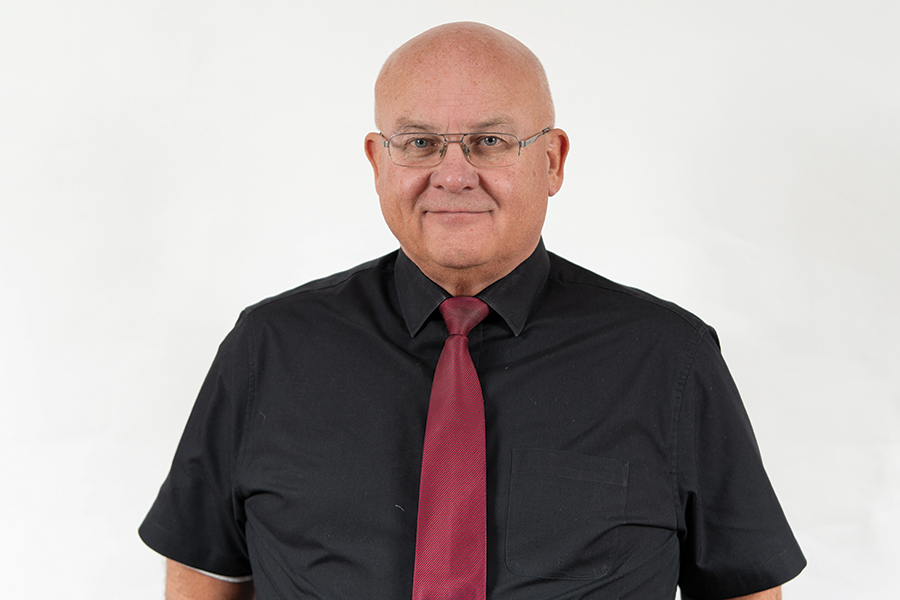This month Jim Percival, technical director at Palace Chemicals, considers the importance of levellers when installing a tiled floor finish.
Any newly-laid or screeded floor surface is likely to need levelling with the use of a self-levelling compound to ensure there is the lowest possible height variance in the floor and ideally achieves the SR1 (Surface Regularity) standard which allows for a maximum gap at any point of 3mm along a two metre straight edge.
This is because floors, whether concrete or any other material, are typically laid to fairly inaccurate tolerances. Applying a self-levelling compound over a concrete base acts as an intermediate layer, which guarantees a flat smooth finish ready to be tiled over, or have any other type of floor covering applied, where a flat smooth finish is essential towards achieving a quality appearance of the wearing surface.
Surface preparation is the most important aspect when using a leveller, and getting it wrong is the most common cause of failure – usually the presence of laitance or dust demonstrates an obvious need for preparatory work and BS 8204 (The code of practice for Screeds, bases and in-situ floorings) sets out the requirements for subfloors to be free from contaminants that may prevent adhesion such as dust, oils, grease, surface laitance, water soluble adhesive residues and weak smoothing underlayments
If tiling on to concrete, it must be at least six weeks old to enable any movement caused by drying shrinkage and moisture loss to have taken place. It should also be clean, dry and free from dust, grease, laitance or other surface contaminants which may prevent the leveller from forming a secure bond to the concrete substrate. A concrete surface showing any signs of dust or laitance should be mildly abraded to remove loose accumulations and then brushed and vacuumed to a clean finish. It should then be primed with a dilute primer coat and allowed to dry to ensure an ideal surface for the levelling compound to bond with and to reduce the porosity of the substrate, which will help ensure optimum flow and levelling properties when leveller is applied.
On ground floors it is important to check that there is a damp proof membrane (DPM) installed and checking the moisture content of the floor can help diagnose whether the application of a new damp-proof membrane on the surface is needed, especially where persistent high moisture values greater than 75%RH suggest the absence or inadequacy of any DPM beneath the existing concrete slab.
Once surface conditions are stabilised and prepared, the next job is to ensure that the leveller which is selected is suitable for the job. Considerations as to the choice of leveller should include whether underfloor heating (UFH) is being installed as part of the build-up and also the depth of levelling that is required. The maximum depths vary quite considerably between different products. Some will only go up to 10 or 12mm, while others are good for 50mm or more. Ideally a floor levelling product should be selected that meets the need of achieving the final floor depth within a single application and you should not attempt to build up depth using multiple layers, as each interface is a potential point of weakness.
It is often necessary to use levellers on surfaces other than concrete, such as timber, or when tiling over previously tiled or previously coated surfaces. The best advice is always to check the manufacturer’s recommendations as these varied types of substrate will require additional preparatory work with specific priming and sealing methods to ensure they are suitably prepared to receive a levelling overlay, which is able to form a strong, secure and durable bond to what may be an unconventional sub-floor.
Procedures vary depending on the type of leveller being used and the substrate, but a key consideration is always to check the required drying time, prior to tiling. As with adhesives, this will vary, depending on the on-site temperature and the humidity. A reading above 75%RH is higher than is recommended to lay floors and will necessitate the application of a surface DPM coating before.
In larger areas the substrate is often covered with what is referred to as a “liquid pumped screed”. Often this will be an anhydrite or calcium sulphate screed. These have the advantage of being quicker to install, but can require a much longer period to dry out to an acceptable moisture level and, even when considered dry, they still cannot be directly over-laid with a cement based floor leveller (or adhesive) due to the inevitable incompatible reaction which occurs between the cement leveller and gypsum based pumped screed. Due to the presence of low levels of moisture the formation of the expansive salt ettringite can occur, fracturing any bond between these two materials.
The increasing use of gypsum based “liquid pumped floor screeds” in large scale developments necessitates the application of specialist “multi-layer” preparatory surface treatments designed to create a lasting and effective barrier seal over the gypsum screed base before other layers of the floor build-up can be completed. Consultation with floor levelling manufacturers will be needed to determine the most effective solution.
Assuming these and other preparations are carried out as specified by manufacturers’ instructions, then a satisfactorily level surface for tiling or the application of any other floorcoverings can be created.
www.palacechemicals.co.uk








